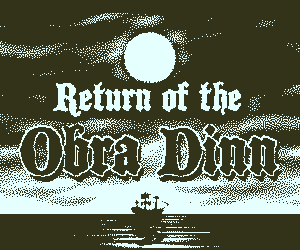
Of the game's pixel art design, Hofmeier said that he did not choose it to be nostalgic but rather because he wanted players to fill in the extra details with their own thoughts and experiences, saying that it took more time and effort than other possible styles. He wanted to make a game which had no high scores, points, or action, and originally envisaged it as a comedy. He initially planned to finish the development in 30 days but he worked on development for three years. He developed the game in his spare time using Adventure Game Studio whilst working what he describes as a "bunch of bad jobs". Hofmeier credits his partner with supporting him throughout the game development.Ĭart Life is Hofmeier's first game, drawing upon his experience as an illustrator. He drew inspiration from Han Hoogerbrugge's Modern Living, saying that he thought about it "almost every day" whilst developing Cart Life. Richard Hofmeier's inspiration for the game came from aspects of his own work-life experiences, as well as from playing other games like Little Computer People and River City Ransom. She struggles to have time to walk her daughter to and from school each day, as she seeks custody on limited wages.


When she's not working, she yearns to bond more with her daughter, in the midst of her difficult busy life. Each character has unique situations to address Melanie, for example, is a single mother of a daughter. Players must also look after the character's day-to-day lives, including having adequate food, drink, and sleep. While at their stalls players interact with customers by selling them items and can manage their stall by selecting stock, setting prices, and buying new equipment. In Cart Life, players control one of three characters, each of whom has a different street vending job Vinny sells bagels, Andrus runs a newspaper stand, and Melanie sells coffee from a cart.


 0 kommentar(er)
0 kommentar(er)
